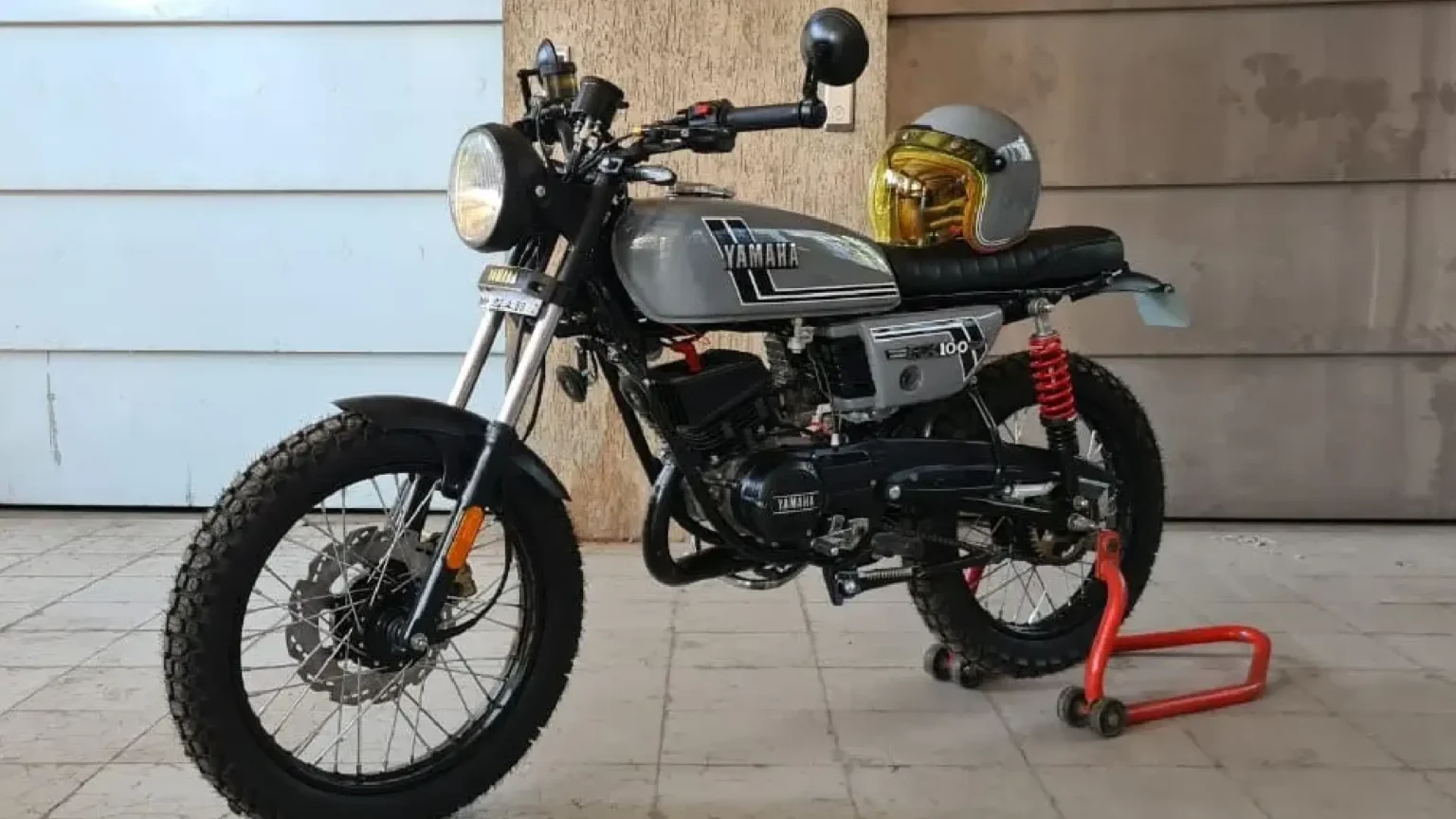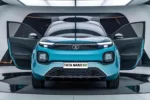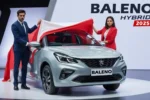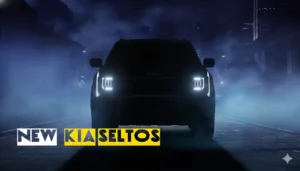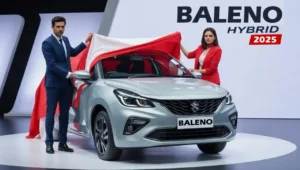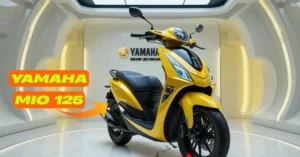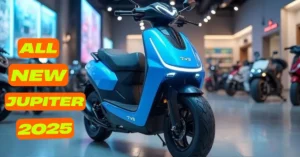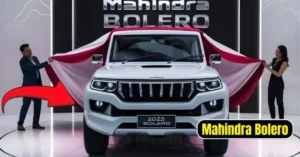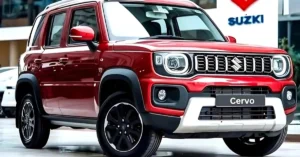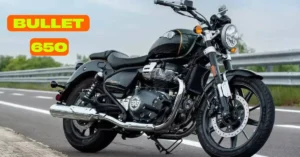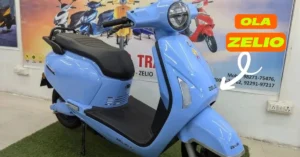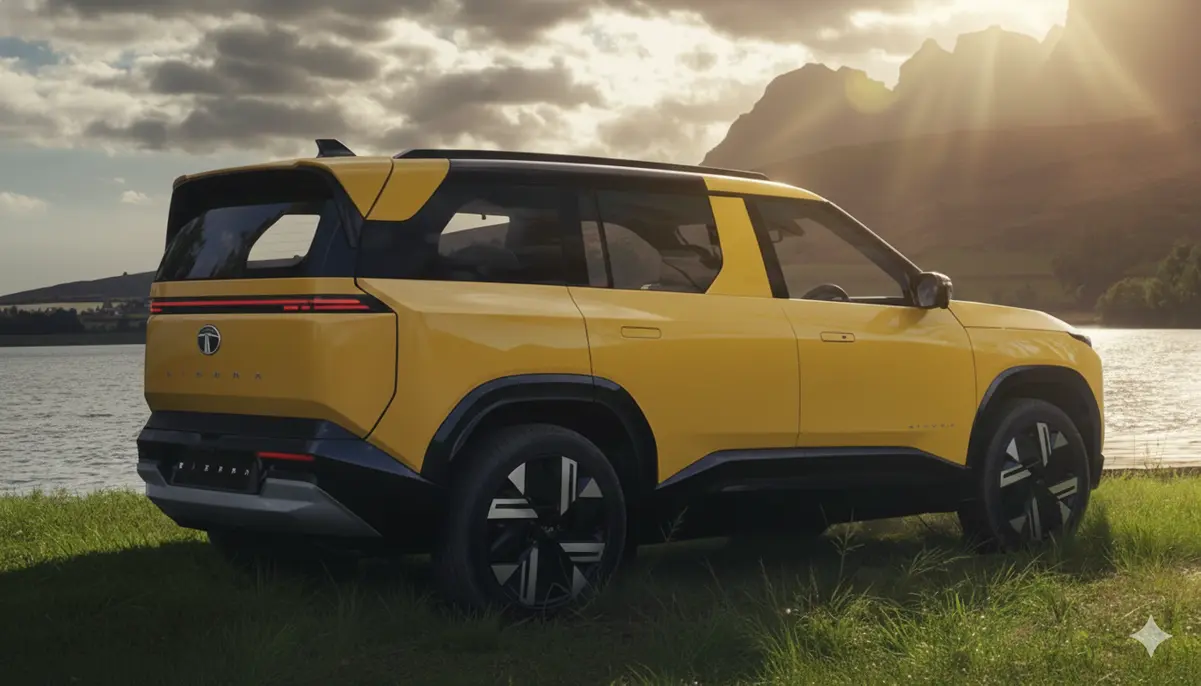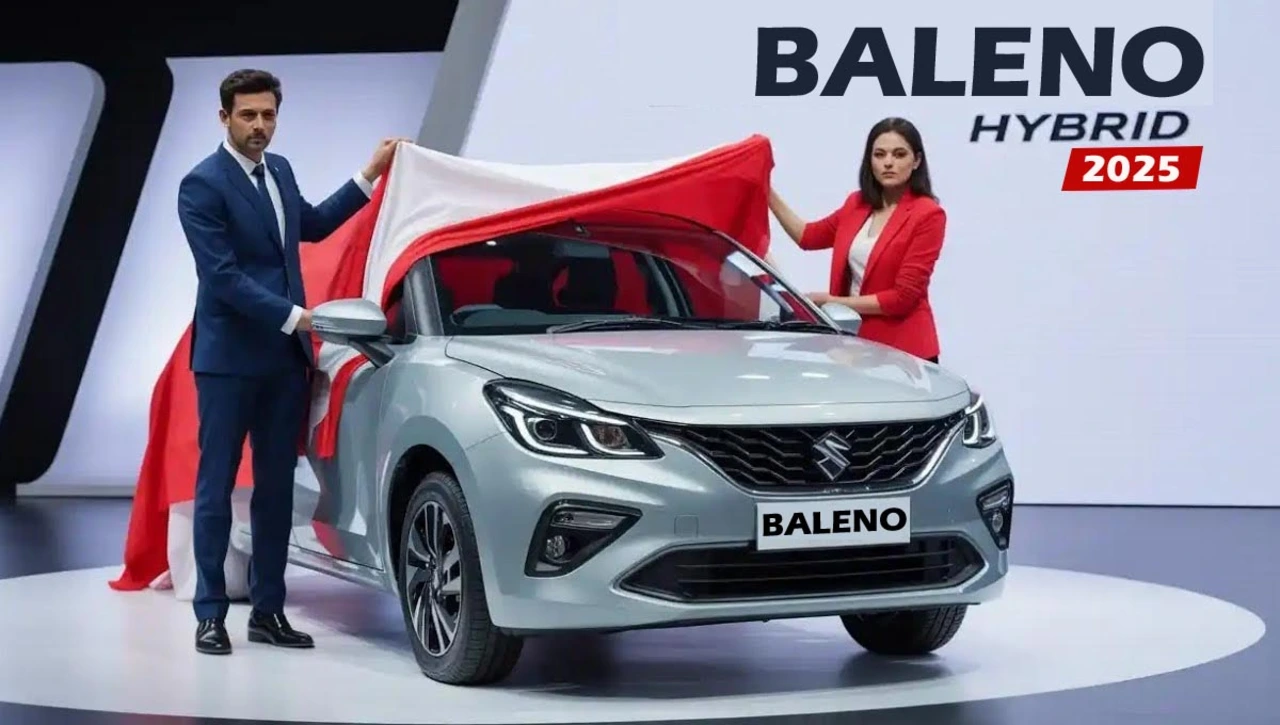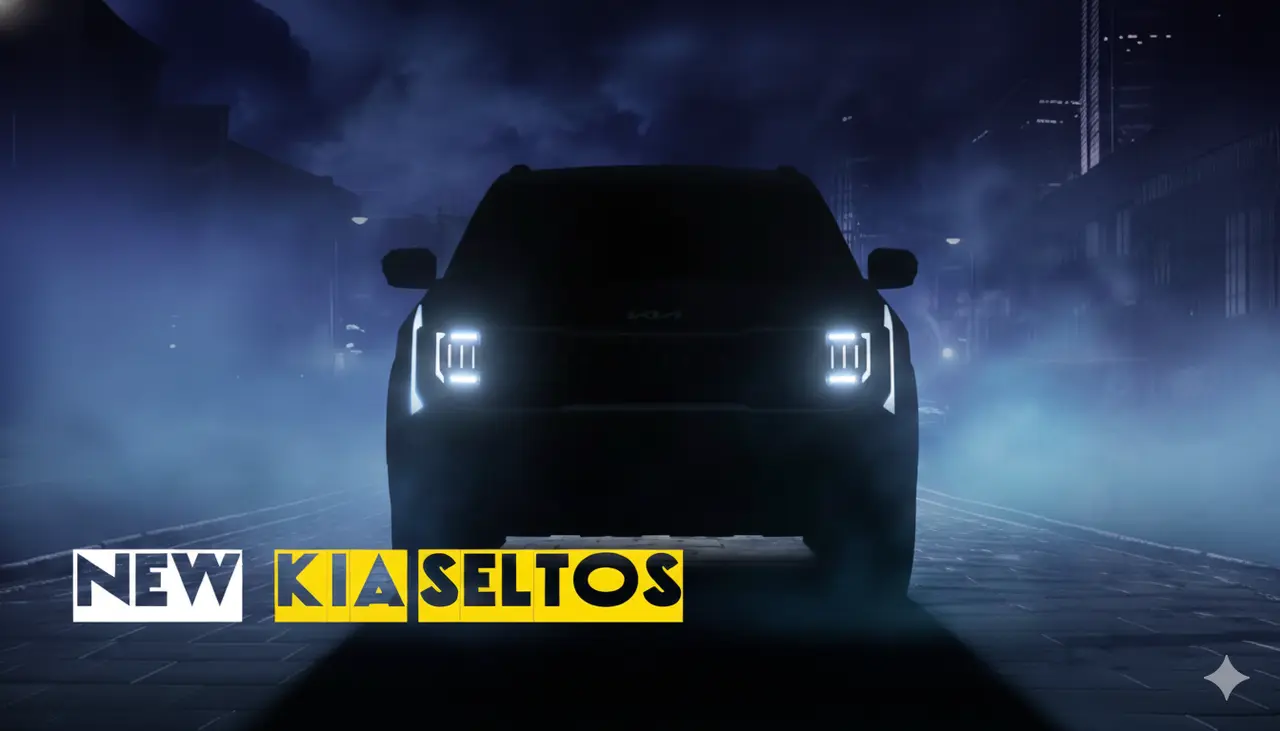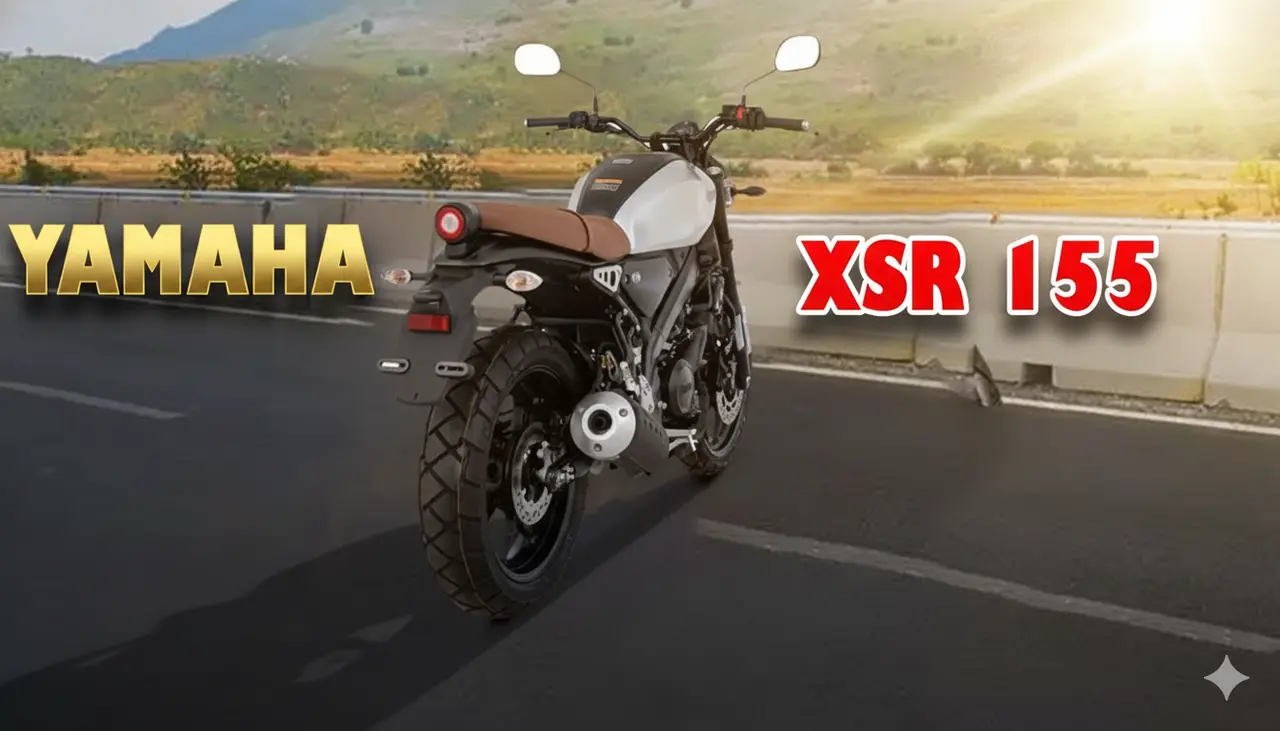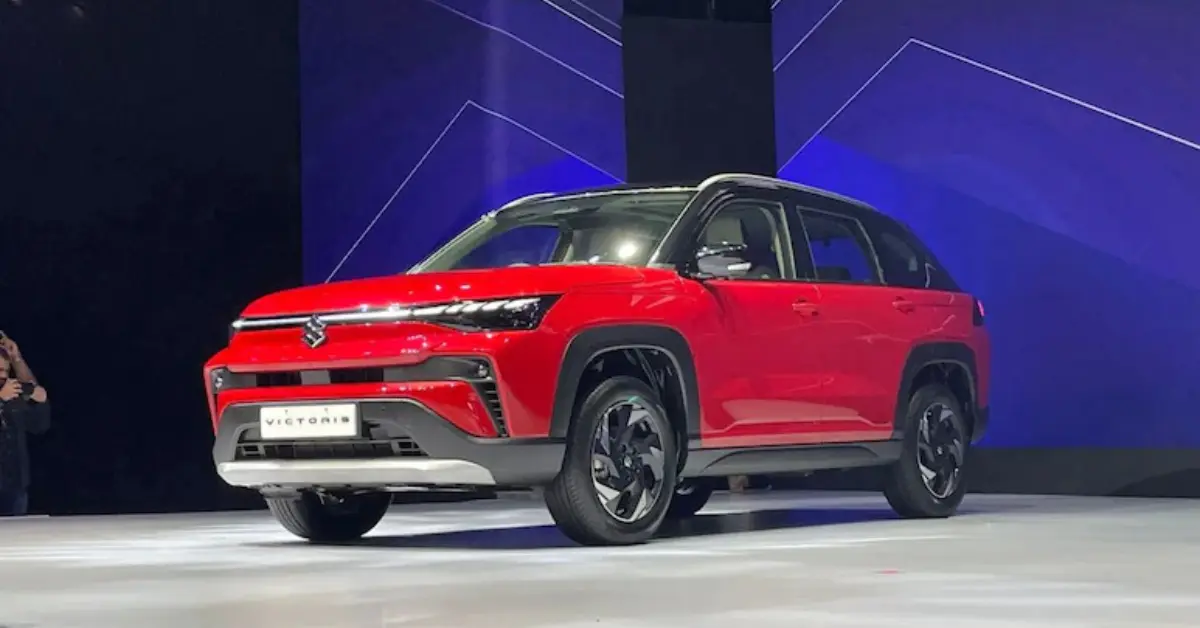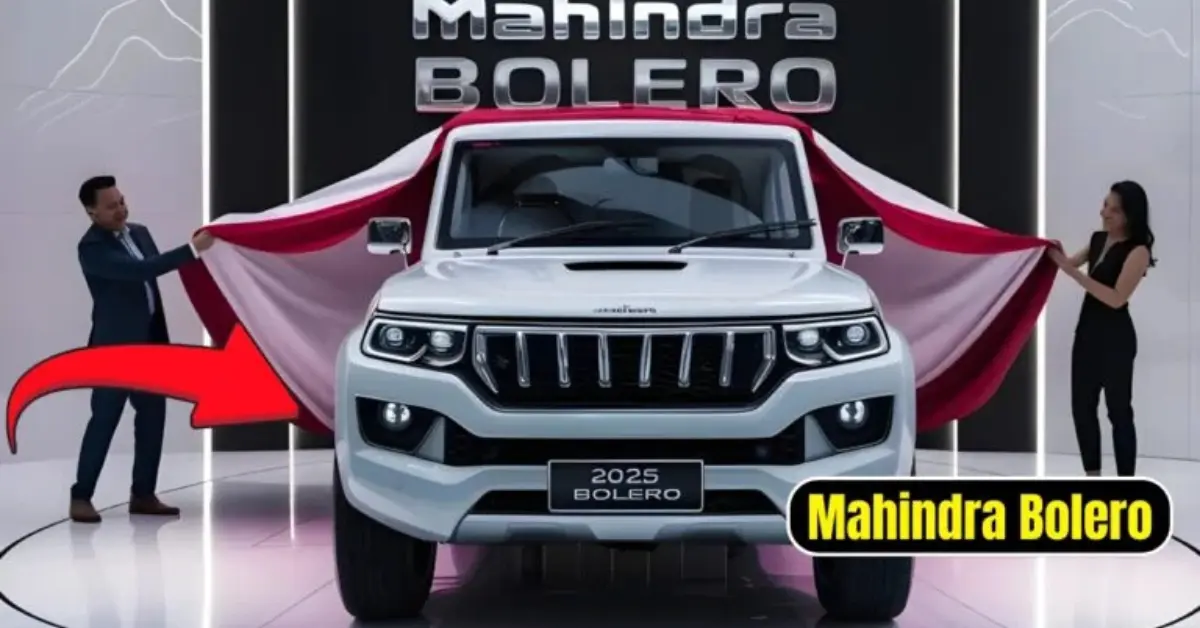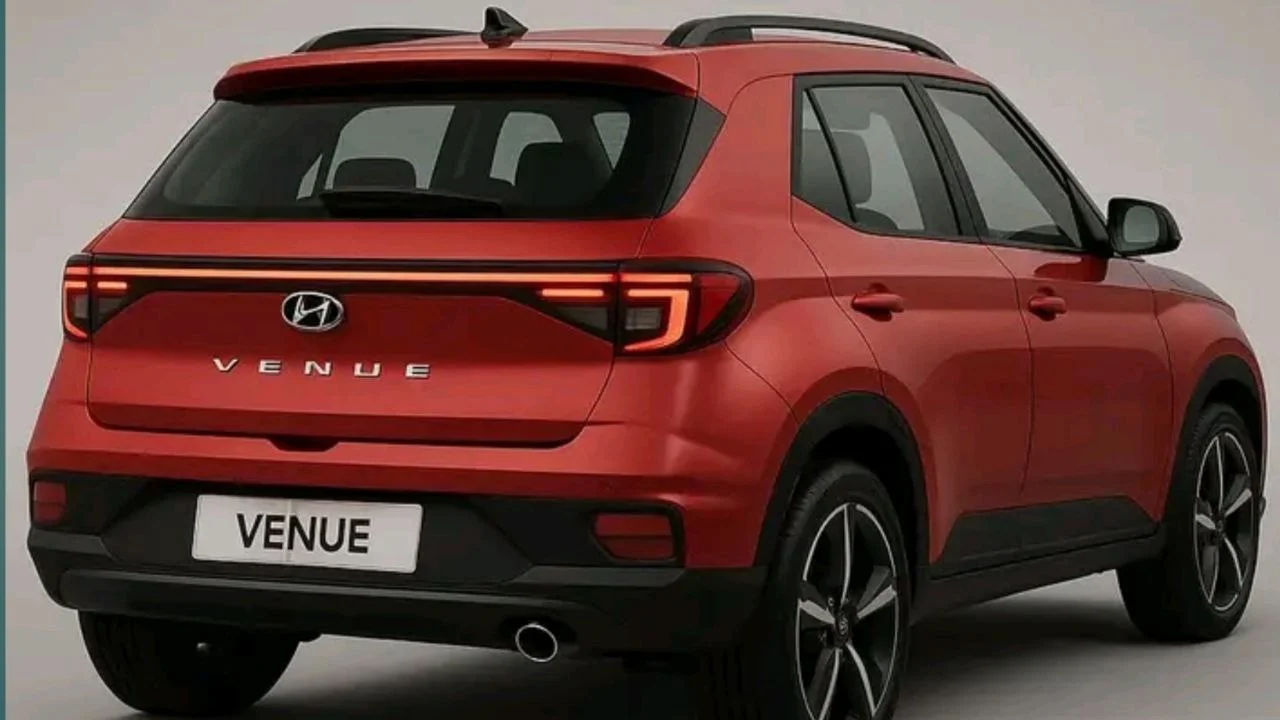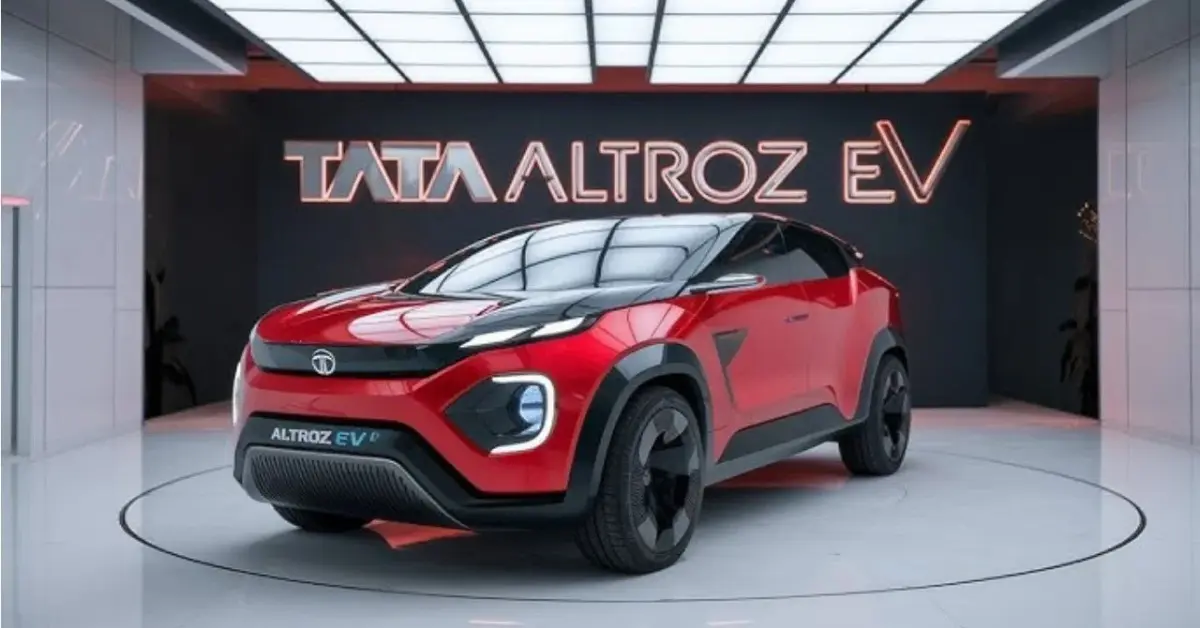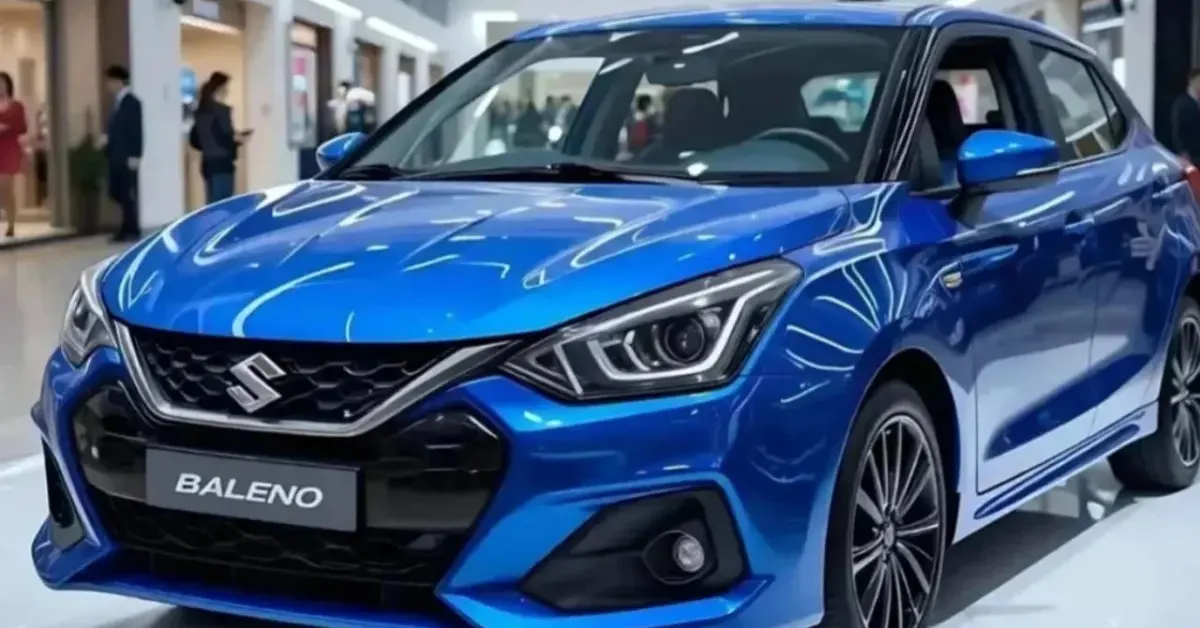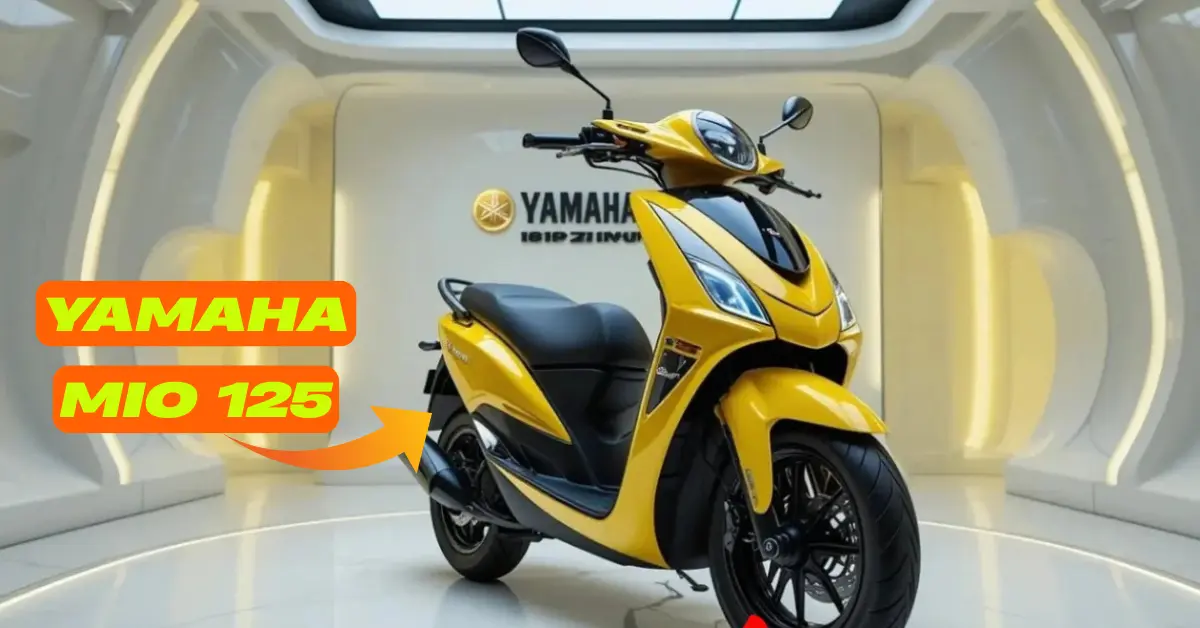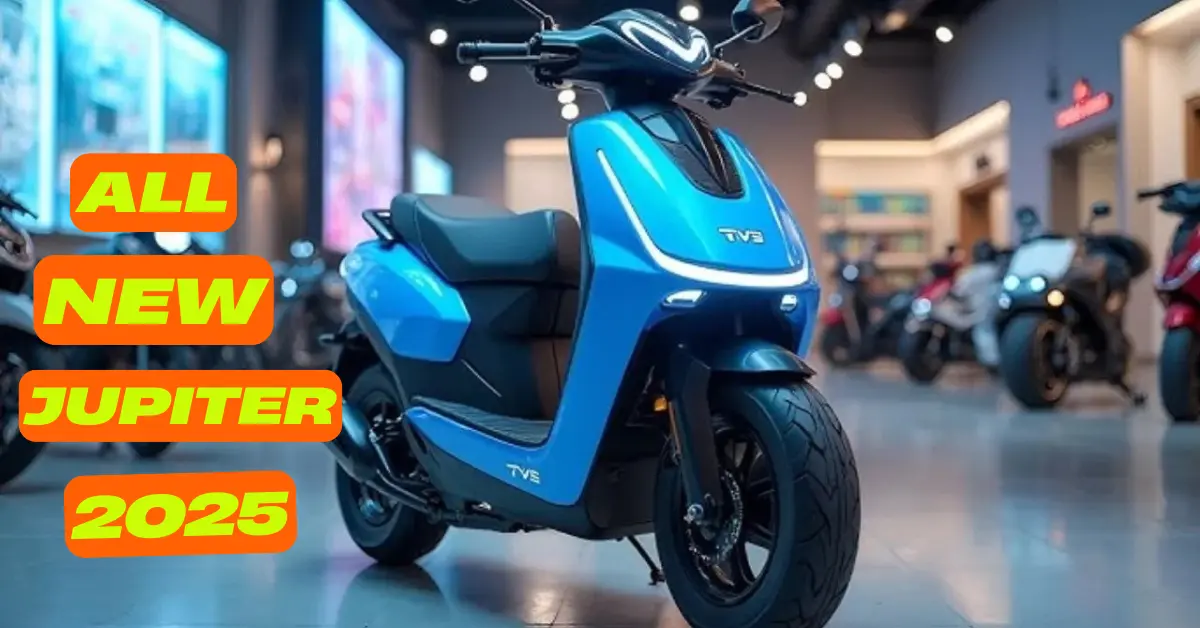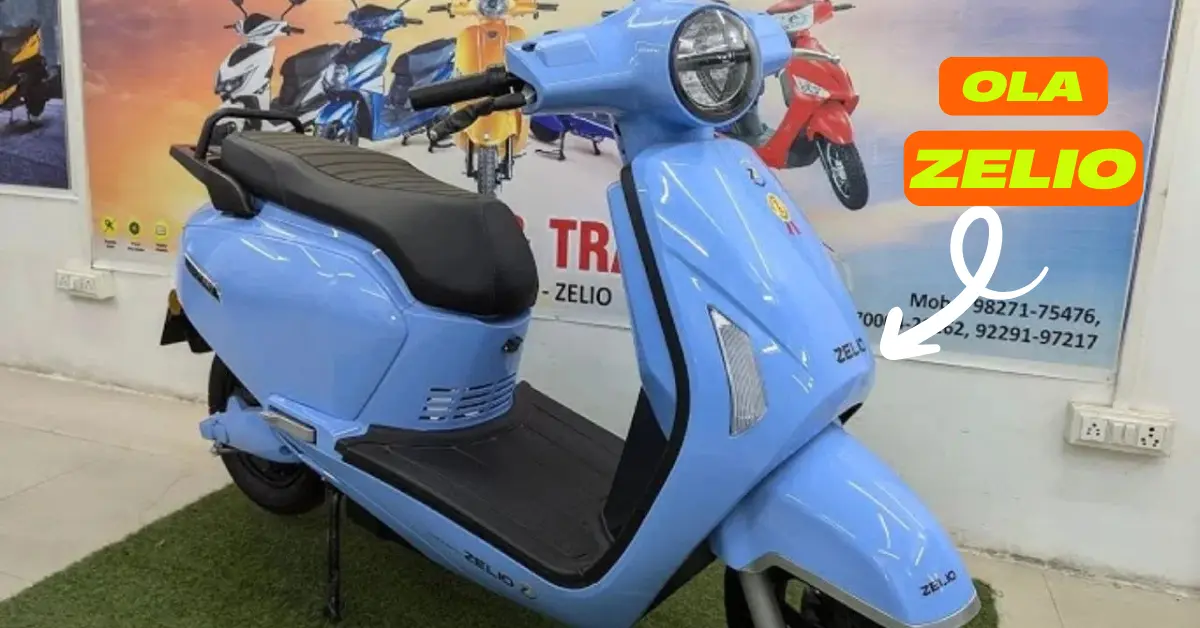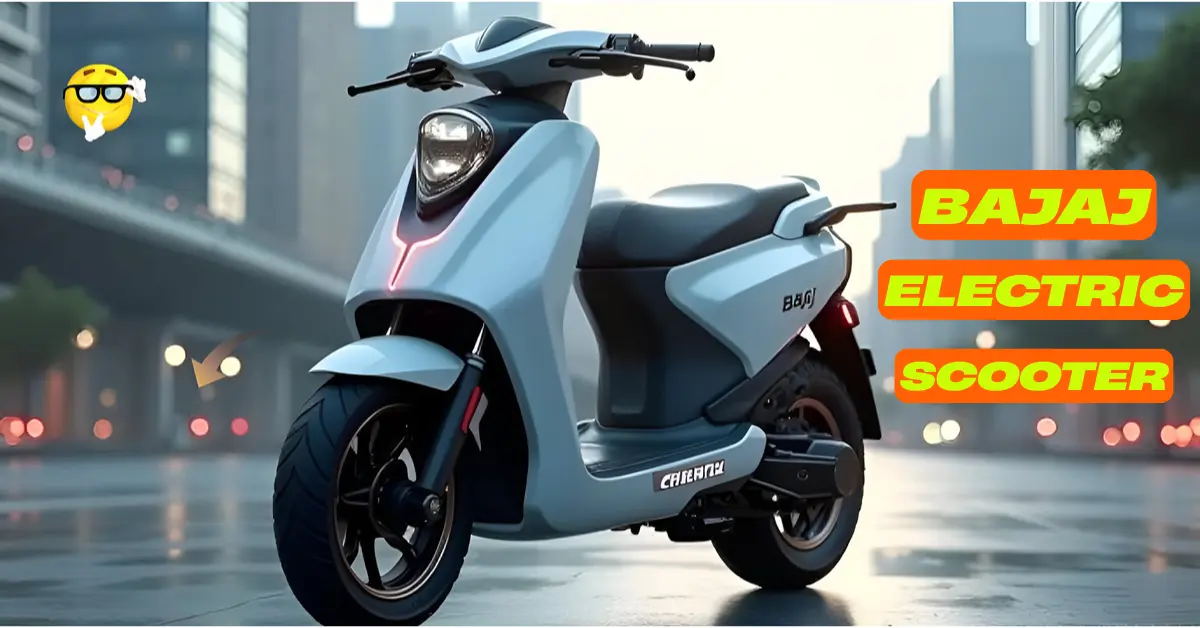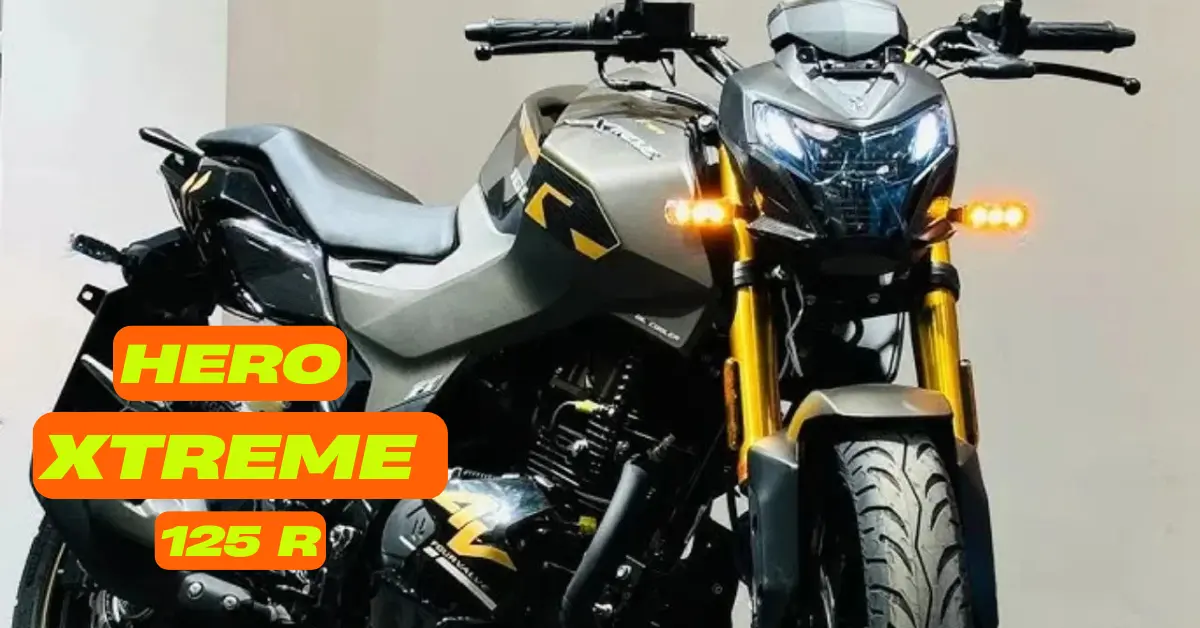Even after decades, the name Yamaha RX100 continues to stir memories and emotions for many bike lovers in India. Known for its raw power, lightweight design, and that unmistakable exhaust note, the RX100 is more than just a motorcycle – it’s a piece of motorcycling history that refuses to fade.
Classic Design with a Timeless Appeal
The Yamaha RX100’s design was simple yet striking. Its rounded headlamp, chrome fenders, minimal bodywork, and upright riding stance gave it a clean look that appealed to both young riders and experienced enthusiasts. Even today, restored models are often seen on the roads, proudly flaunting their original design.
Lightweight Frame with a Punchy Engine
What made the Yamaha RX100 so special was its 98cc, 2-stroke engine, which produced around 11 bhp – an impressive figure for its time, especially considering its lightweight 103 kg frame. It was quick off the line, responsive in the mid-range, and had a unique sound that turned heads wherever it went.
Smooth Ride and City-Friendly Handling
The bike was known for its easy handling and smooth gear shifts, making it perfect for city rides. The suspension setup, though basic by modern standards, did a decent job of absorbing bumps, and the seat was comfortable enough for daily use.
Mileage and Maintenance
Despite being a 2-stroke, the Yamaha RX100 offered decent fuel efficiency of around 35-40 km/l, depending on riding style. Its low maintenance cost and easy availability of spare parts made it a favorite among middle-class families during its prime.
Will It Return?
There have been whispers of Yamaha working on a modern version of the RX100 that meets today’s emission norms while retaining the original spirit. If true, it could be a nostalgic revival for many fans across the country.
Current Market Price (Used)
Since the Yamaha RX100 is no longer in production, used and restored models can fetch anywhere between ₹40,000 and ₹1.5 lakh, depending on condition and originality.
Final Verdict
The Yamaha RX100 may belong to a different era, but its legacy continues. For many, it wasn’t just a mode of transport – it was freedom, fun, and first love on two wheels.
Also Read:

